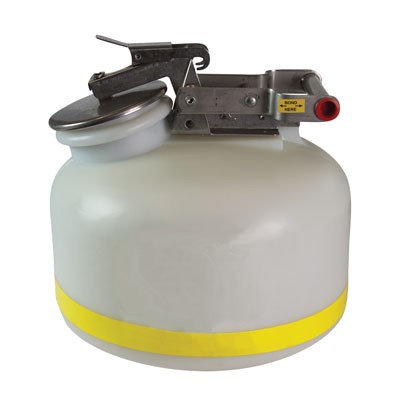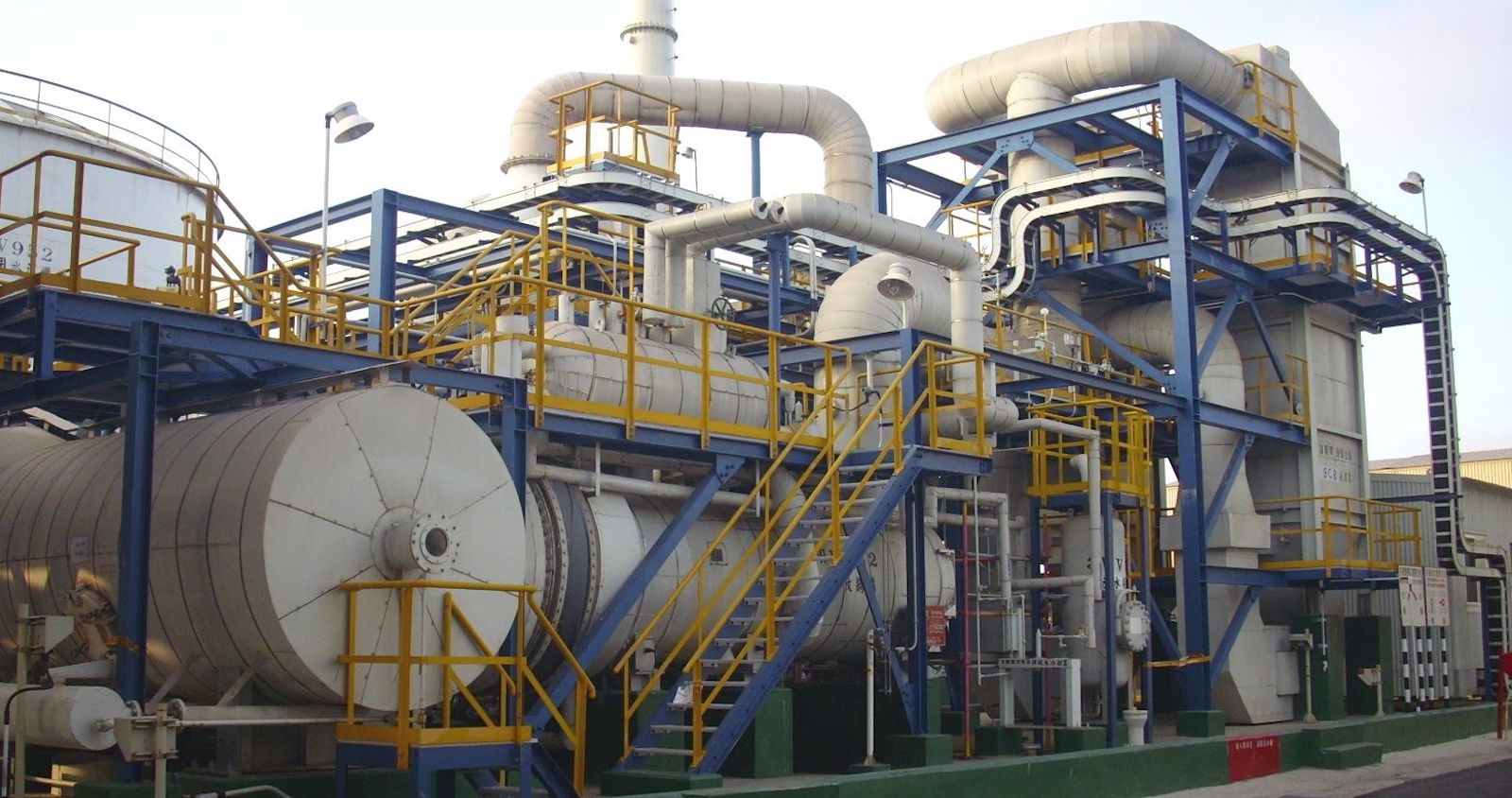Reliable Liquid Waste Disposal Melbourne: Safe and Effective Services
Reliable Liquid Waste Disposal Melbourne: Safe and Effective Services
Blog Article
How Fluid Garbage Disposal Works: A Comprehensive Introduction of Strategies and Technologies Used

Summary of Fluid Waste Kind
The intricacy of fluid waste types requires an extensive understanding of their features and effects for disposal. Fluid waste can generally be classified right into a number of kinds, consisting of commercial, metropolitan, farming, and contaminated materials. Each category displays unique properties, requiring particular administration techniques to reduce environmental and wellness threats.
Industrial liquid waste stems from producing processes and frequently contains a series of impurities, such as hefty metals, solvents, and organic substances. Local liquid waste, primarily comprising wastewater from houses and industrial establishments, has raw material, nutrients, and virus (industrial wastewater treatment). Agricultural liquid waste, consisting of overflow from farms, may have plant foods, pesticides, and pet waste, positioning risks to water top quality and ecological communities
Harmful liquid waste is identified by its toxicity, sensitivity, or prospective to create damage. This category includes substances like acids, bases, and particular chemicals that require stringent handling and disposal procedures. Recognizing these varied fluid waste types is essential for creating effective disposal techniques and making certain conformity with environmental guidelines. Proper classification and characterization are necessary for carrying out suitable therapy strategies and reducing the damaging effect on public wellness and the environment.
Physical Therapy Approaches

Testing is the preliminary step, where larger bits and particles are eliminated from the liquid waste making use of displays or grates. In sedimentation storage tanks, heavier fragments clear up at the bottom, creating a sludge layer, while the cleared up liquid can be further dealt with.
Filtration is another vital technique that involves passing the liquid via permeable materials, such as sand or membrane layers, to capture smaller particles. This step boosts the high quality of the liquid, making it ideal for succeeding therapy processes.

Chemical Therapy Techniques
Chemical therapy techniques are essential for successfully managing fluid waste, especially in addressing liquified and colloidal impurities that physical techniques might not sufficiently remove. These methods utilize different chemical representatives to neutralize, speed up, or transform unsafe substances right into much less hazardous types.
One common technique is coagulation and flocculation, where chemicals such as alum or ferric chloride are included in promote the gathering of put on hold particles. This process boosts sedimentation, permitting for simpler elimination of the resulting sludge. In addition, oxidation processes, employing agents like chlorine or ozone, are used to damage down complex organic compounds and virus, providing the important link waste much safer for discharge or additional therapy.
Neutralization is an additional crucial method, which changes use this link the pH of acidic or alkaline waste streams to neutral degrees, avoiding prospective damage to downstream systems and the setting. In addition, advanced oxidation processes (AOPs) utilize mixes of oxidants and ultraviolet light to degrade persistent pollutants, achieving a higher degree of therapy performance.
Organic Therapy Procedures
Organic therapy procedures play an important function in the administration of liquid waste by using bacteria to break down raw material and decrease impurity levels. These procedures can be generally classified into cardiovascular and anaerobic treatments, each using specific microbial neighborhoods to accomplish efficient waste deterioration.
Aerobic treatment involves making use of oxygen to facilitate the break down of natural materials by bacteria. This procedure is generally carried out in activated sludge systems, where aeration containers supply a favorable atmosphere for microbial growth, resulting in the oxidation of organic contaminants. The resultant biomass can be separated from dealt with effluent via sedimentation.
In comparison, anaerobic treatment takes place in the lack of oxygen, relying upon different microorganisms to break down organic issue. This method is specifically useful for high-strength waste, as it produces biogas, a renewable resource resource, while reducing sludge production. Technologies such as anaerobic digesters are often employed in metropolitan and industrial applications.
Both anaerobic and cardiovascular biological therapies not just lessen the environmental impact of liquid waste however also assist in resource healing, making them vital elements of sustainable waste administration strategies. Their flexibility, efficiency, and efficiency sustain their extensive execution across different markets.
Arising Technologies in Disposal
Innovative techniques to liquid garbage disposal are swiftly developing, driven by innovations in technology and a boosting emphasis on sustainability. Among these arising modern technologies, membrane layer bioreactors (MBRs) have acquired traction for their ability to integrate biological treatment with membrane layer purification, causing check these guys out top quality effluent that can be recycled in various applications. MBRs enable smaller footprints and much more effective operations contrasted to traditional systems.
Another promising development is making use of anaerobic digestion combined with nutrient healing innovations, which not just treats liquid waste however also produces biogas and recoups useful nutrients like nitrogen and phosphorus. This dual benefit enhances resource efficiency and lowers environmental impact.
In addition, progressed oxidation processes (AOPs) are being adopted for the destruction of intricate organic toxins. These techniques make use of effective oxidants and drivers to break down contaminants at the molecular degree, supplying an extremely effective service for challenging waste streams.
In addition, the assimilation of man-made intelligence and machine knowing in waste monitoring systems is enhancing operational performance and anticipating maintenance, resulting in decreased expenses and enhanced ecological conformity. These technologies reflect a considerable change towards even more sustainable and reliable liquid garbage disposal methods.
Conclusion
In final thought, reliable fluid waste disposal necessitates an extensive understanding of various methods and modern technologies. By continuously advancing these techniques, it comes to be feasible to address the expanding challenges associated with liquid waste, eventually contributing to ecological defense and source recovery.
Fluid waste disposal is a critical element of environmental administration, needing a thorough understanding of numerous methods and technologies customized to various waste types. Liquid waste can generally be classified into numerous types, including industrial, local, agricultural, and harmful waste. Agricultural liquid waste, including drainage from farms, may contain plant foods, chemicals, and pet waste, posturing risks to water high quality and environments.
Different physical treatment approaches play an important function in managing liquid waste properly - industrial wastewater treatment.In verdict, reliable liquid waste disposal demands a detailed understanding of numerous strategies and modern technologies
Report this page